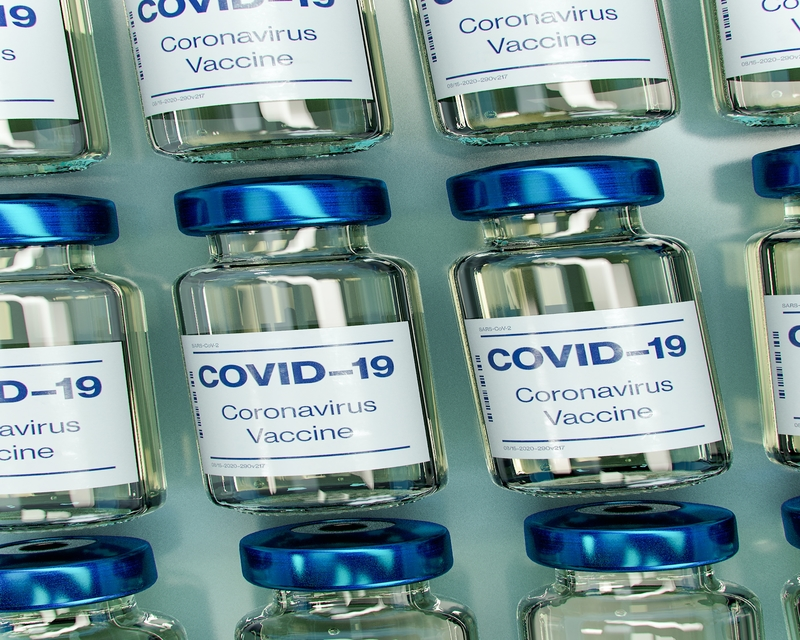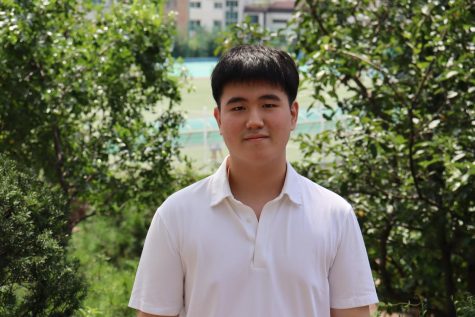As demands for COVID-19 vaccines surged, different countries from well-developed to developing countries began making purchases. However, vaccine acquisitions were not equally available for all nations. While developing countries have received few deliveries, developed countries have received continuous supplies.
“It is hoped that countries which are dependent upon the productive capacity and/or financial resources of other nations will be able to take advantage of the COVAX program,” James Kowalski, AP Seminar teacher, said. “However, that will only help with reducing the inequality to accessing vaccines, rather than providing full equality between all nations.”
According to the Economic Times, the World Health Organization (WHO) pointed out that different levels of economic prosperity is one cause of the unequal distribution. Further examining the current global distribution, Duke Global Health Innovation Center announced that developed countries have acquired over one-half of all vaccines, leading to disproportionate purchases. World Bank, an international financial institution, reveals data that high-income countries purchased approximately 54 percent of doses, while upper-middle, lower-middle, and low-income countries purchased 33 percent combined. As significant economic disparities remain between different countries, there are predictions that not enough vaccines will be available to the world’s population until 2023.
“As the world turns into a capitalistic society, economic inequality is highly prevalent,” Sean Kim (11), a member of MUN, said. “The problems of this economic gap is shown within COVID-19, whereby COVID-19 vaccines are being hoarded by countries with larger economies. Countries with weaker economies are finding it harder to purchase vaccines due to the high demand, low stock, and high prices. With a limited supply available, countries with weaker economies are not prioritized and can find it hard to acquire vaccines.”
As economic gaps skew vaccine distributions, minority ethnic groups in developing countries are suffering higher mortality rates. In response to the increasing number of deaths, the WHO and the Bill and Melinda Gates Foundation partnered to ensure all countries gain equal access to vaccinations. Furthermore, the World Trade Organization (WTO) is also helping developing countries, such as India and South Africa, with manufacturing adequate supplies of vaccines. To address gaps in large-scale vaccination, the World Bank is planning to provide $12 billion for developing countries to purchase enough vaccines and strengthen their health systems.
“I believe that all nations should have the economic freedom to buy all the vaccines that they feel necessary,” Peter Kim (10), a member of MUN, said. “That being said, there should probably be a percentage cap on how much vaccines a nation can buy per population. And for poor countries, I think organizations such as the United Nations can help with funding to afford and distribute vaccines for them.”


